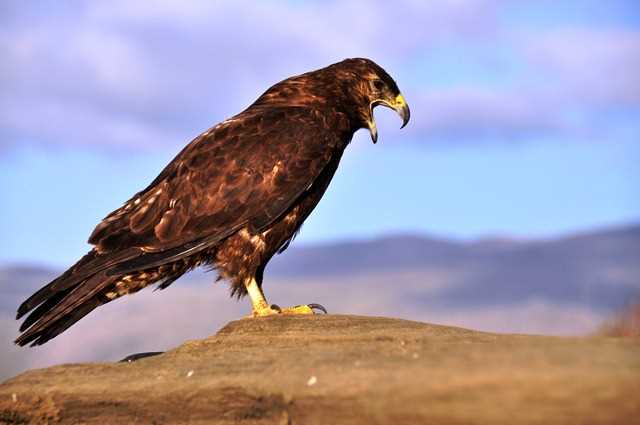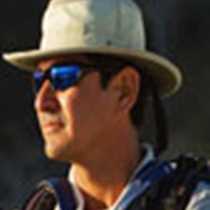We started our expedition early in the morning with options of outings. Espumilla beach at Santiago Island awaited us. This wonderful place is the nesting site for green Pacific sea turtles. Some of us opted for a kayak outing along the shore while others explored the different ecologies-from the beach to the dried-lagoon, into the Palo Santo forest, and back. A photo specific walk took place at the beach while brown pelicans and noddy terns feasted on small fish. As the equatorial sun rose, a comfortable-cool breeze felt pleasing. Hearing the waves and the wildlife made us feel welcome and ready for our new day in the Islands.
Back on board for another well-deserved breakfast, our captain repositioned the ship toward our next site. Buccaneers Cove was named after our intrepid old-time sailors who once dominated these waters. We collected photos from our guests, who practiced suggested tips from our photo instructors, so we can create a slideshow to remember this wonderful expedition.
Water activities were offered, like deep-water-snorkeling or a Zodiac ride along the shore. Today we saw a huge manta-ray, yellow tailed mullets, shore-birds of different kinds, sea lions, landscapes, and also a cave that gave us a “frame” when photographed from inside, changing the perspective while we had fun being creative with our pictures.
We enjoyed another delightful lunch prepared by our meticulous chefs as we navigated toward our next destination. Puerto Egas, located at the west side of Santiago, has an impressive black sandy beach which called for a wet-landing assisted by our skillful sailors. Here we see the remains of a failed attempt by Mr. Egas to establish a salt-mining industry. His attempt was cut short by the government who a few years prior declared the Galapagos Islands a National Park. These structures are kept for us to remember and to let the world know, conservation measures and making the protection of the land a priority can be successful. Today we are proudly standing on a goat-free island, protected and managed by law, a place for research and for us to visit its ecology fairly untouched.
As we approached the rocky shoreline we could immediately see the fur-seals, so close we could easily see the difference between both pinniped species. As we explored we fell in love with the diversity of the wildlife- sally light-foot crabs, yellow warblers, baby sea lions, marine iguanas and our top predator the Galapagos hawk.
We are now on the top deck comfortably enjoying a magnificent sunset over the volcanoes. We are mesmerized by the different colors. We now are bonded by our collective experience in these unique islands.







